SIT792 - Vertex Coloring in Graph Theory: Techniques and Applications
VerifiedAdded on 2023/06/09
|6
|1529
|407
Report
AI Summary
This report delves into the realm of graph theory, specifically focusing on vertex coloring techniques. It begins by defining graph coloring as a special case of graph marking, where labels, traditionally called 'colors,' are assigned to graph elements under certain constraints. The report highlights vertex coloring, where adjacent vertices receive different colors, as the primary problem in graph coloring, with other problems often reducible to this model. It touches upon the historical context, noting how edge coloring and region coloring in flat graphs relate to vertex coloring through edge graphs and dual graphs, respectively. The report further explores the application of graph coloring to geographic maps, illustrating how map coloring problems can be framed within graph theory. It discusses the theorem on two colors, proving it by induction and extending it to maps of circles. The report then examines the problem of coloring graphs with vertices of degree not exceeding 3, along with theorems on three colors and the application of graph coloring to the 'museum guard problem'. Finally, the document concludes by reflecting on the challenges in determining the sufficiency of four colors for coloring any graph, highlighting the historical context and the problem's influence on other areas of mathematics.
1 out of 6

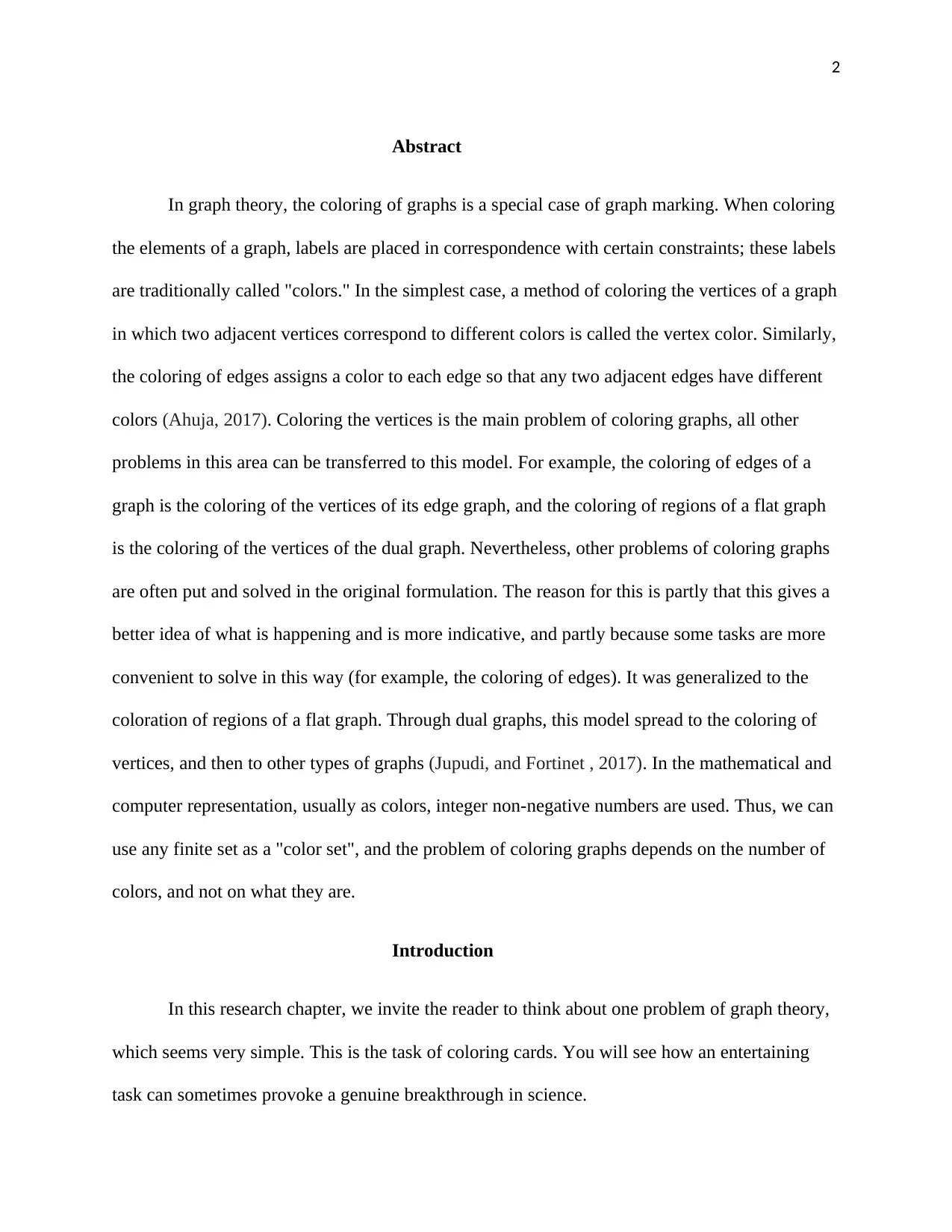
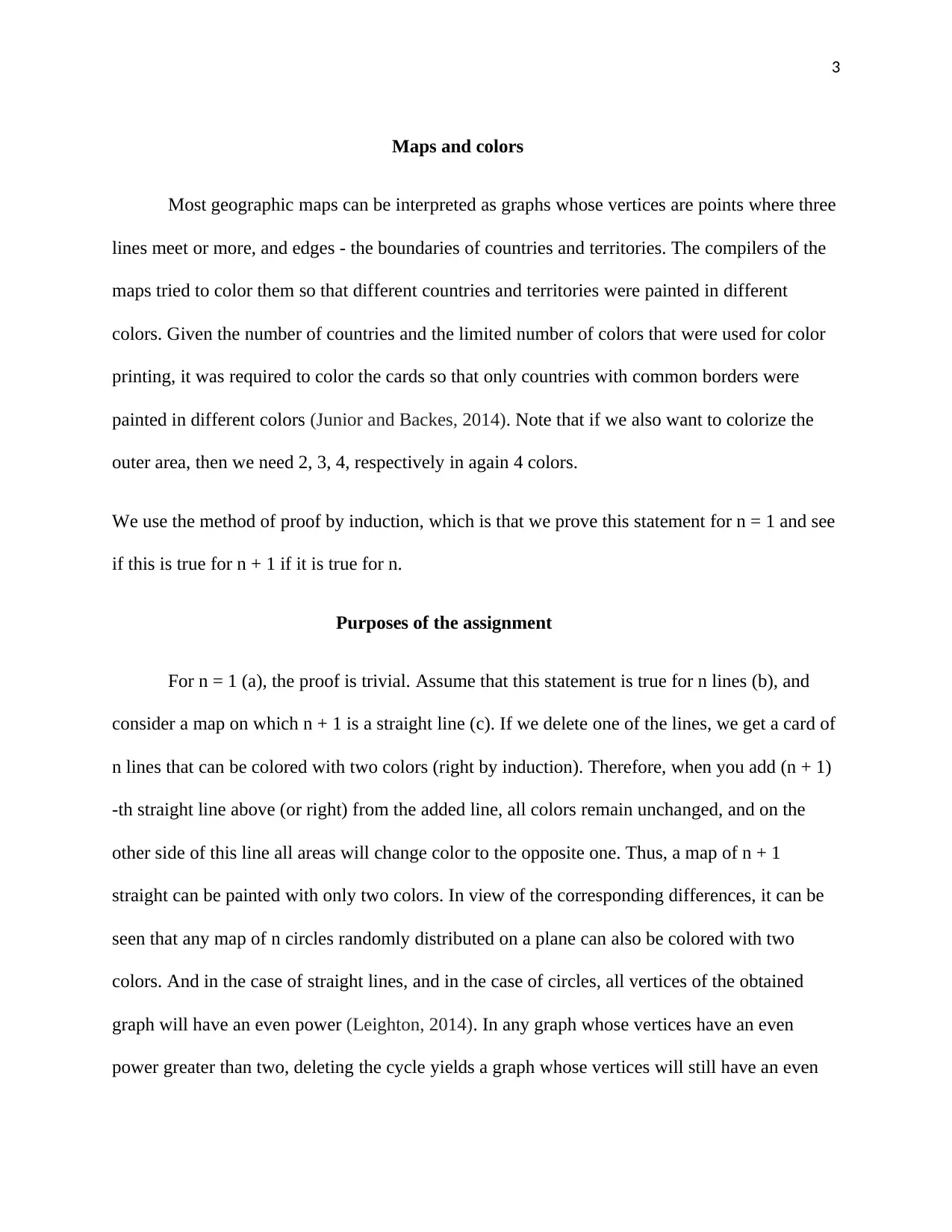
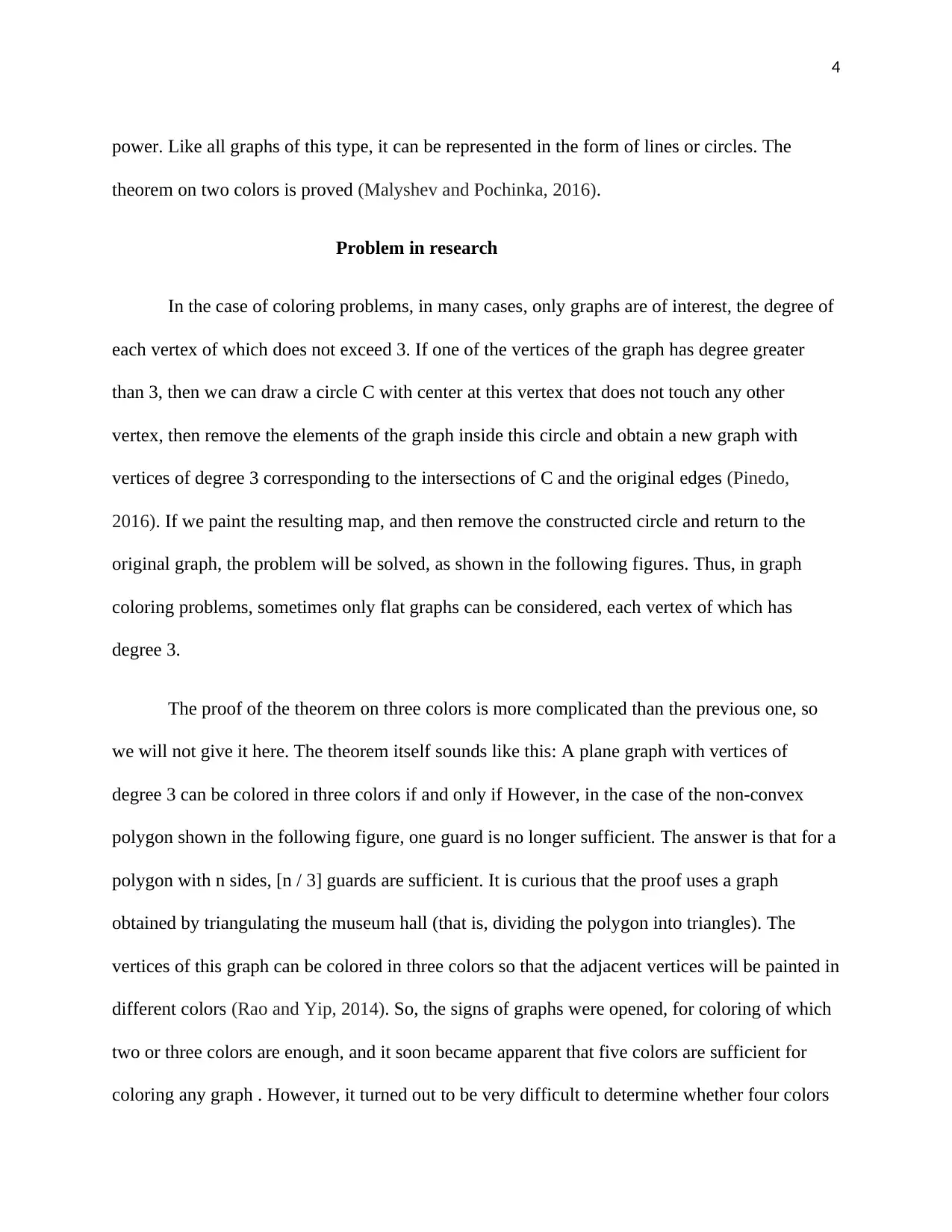
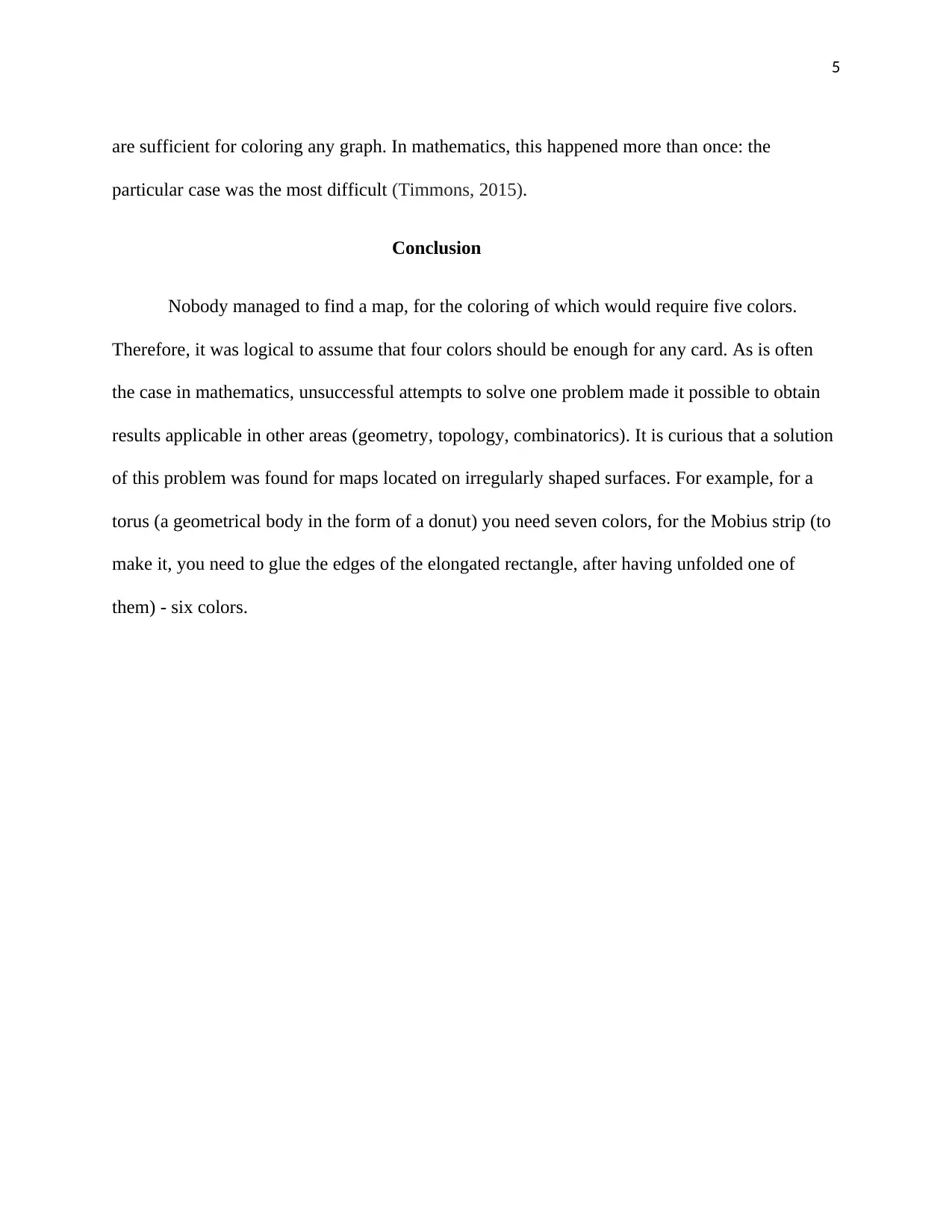
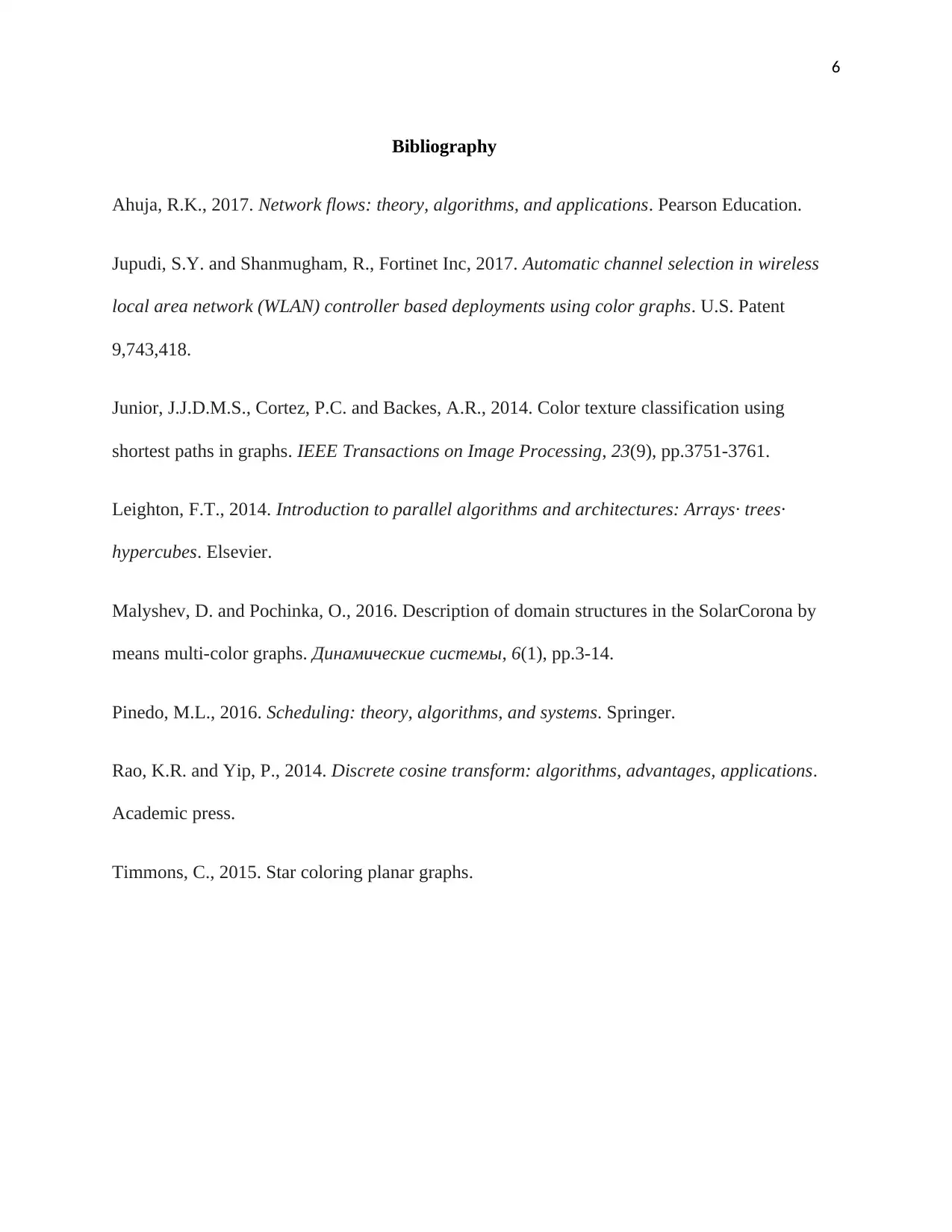
![[object Object]](/_next/static/media/star-bottom.7253800d.svg)